The UC Board of Regents has dedicated $7 million to kick-start the pre-development of a new student housing complex at 2200 Bancroft Way in Southside, Berkeley. The project will replace a two-story structure and surface parking with a 1,400-bed dormitory to satisfy the city’s insatiable demand for housing UC Berkeley students.
The Board of Regents has published a ten-page document providing general details about the project. The $7.06 million budget will be directed, including $5.3 million for architecture design fees, $920,000 for pre-design studies and environmental planning items, $580,000 for campus administration, and $260,000 for surveys, tests, and plans. For construction, the regents write that they will “develop the project using external financing” and that the full budget will “request reimbursing the campus funds used for preliminary plans.”
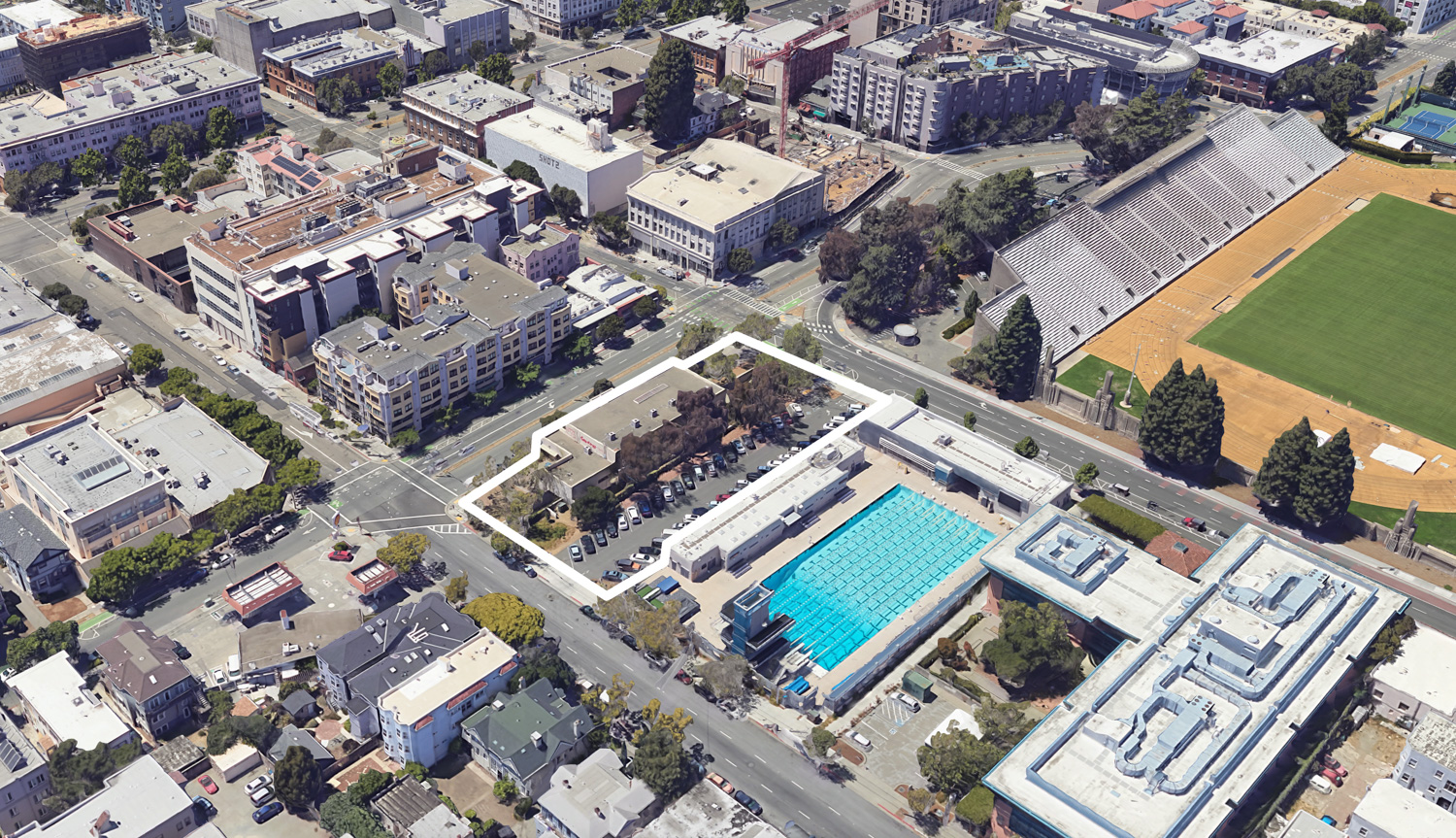
2200 Bancroft Way, image via Google Satellites
The plans don’t specify a height, though the bed count suggests they could build between 10 to 15 stories. The 1,400 beds will be spread across mostly triple suites for first- and second-year undergraduates. Amenities include a dining facility, study rooms, fitness space, and lounges.
The funding will allow the school to “refine the building’s detailed program and design, including site plan, massing, and height,” and “the project’s financial feasibility will inform the detailed program and design information.” The plans for 2200 Bancroft Way are part of a master plan to more than double the campus’s dormitory capacity, up from 9,020 beds in 2019 to 19,220-20,750 beds in the future, according to the 2022 Campus Master Plan.
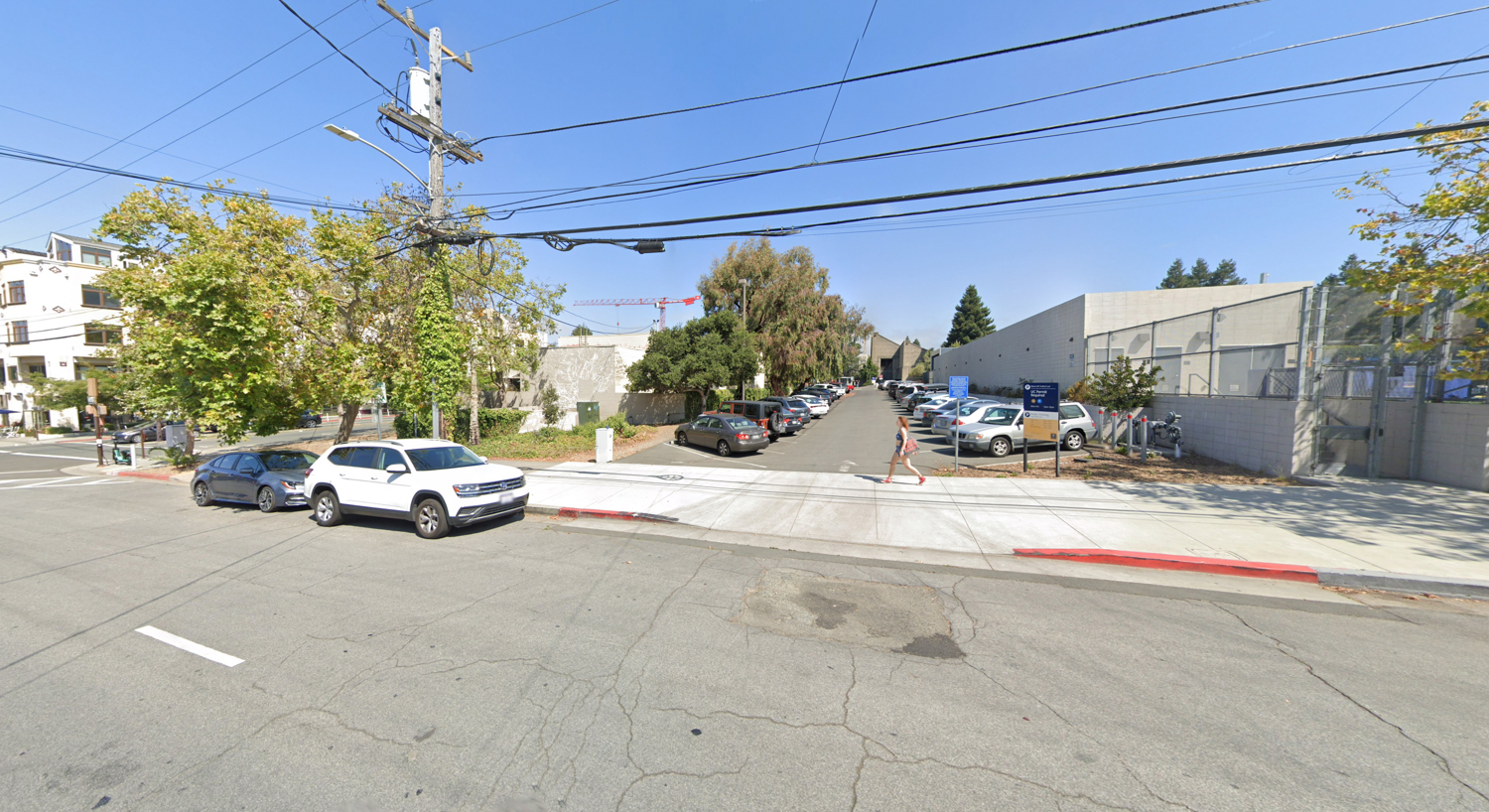
2200 Bancroft Way, image via Google Street View
The 0.8-acre parcel is located along Oxford Street between Bancroft Way and Durant Avenue. The site is across from the Edwards Stadium and 2150 Kittredge Street construction site at the southwest gateway to the UC Berkeley Campus. Future students will be less than ten minutes from the Downtown Berkeley BART Station.
A project team and overall construction cost have yet to be established. Construction is expected to last around three years, with work starting as early as the fall of 2025 and completed in the fall of 2028.
Subscribe to YIMBY’s daily e-mail
Follow YIMBYgram for real-time photo updates
Like YIMBY on Facebook
Follow YIMBY’s Twitter for the latest in YIMBYnews

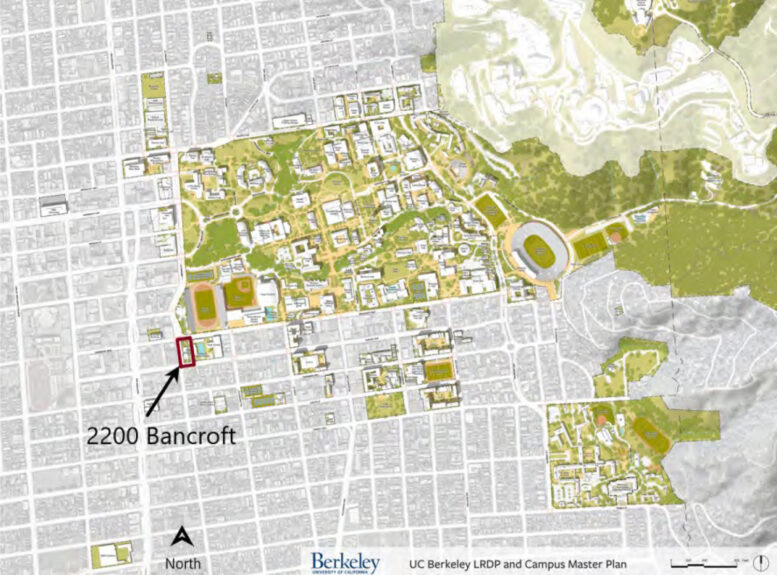
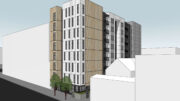
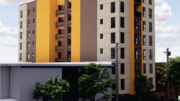
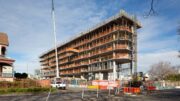
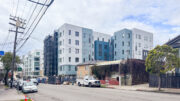
Good project. The southwestern corner of campus is a walled-off fortress with the stadiums. They should build dorms with stadiums on top. You can fit 10,000+ student beds in the footprint of Edwards and Stu Gordon. The facilities can be temporarily located at Clark-Kerr during construction. This has an added benefit of activating the connection to downtown Berkeley.
Has UC Berkeley’s student enrollment risen dramatically? If not, why would the demand for housing be so much more than 30 years ago?
Unless young tech people are moving to Berkeley because they can WFH but Berkeley is more fun than San Jose and Milpitas.
Enrollment has increased from 30,000 in 1990 to 45,000 in 2023.
Also, just because things were the way they were (i.e., students living in a hodgepodge of houses and apartments around town) doesn’t mean that’s desirable.
In 1990 Berkeley had 102,000 people and now it has 124,000 people but very little extra housing. Additionally, in 1990 probably a third or more of those people were children living with their parents. Demographics today are much different, most households don’t have kids, so in addition to 20,000 more people total, there are probably 50,000 or 60,000 more households than in 1990. This demographic change is a significant reason for the current housing crisis.